Being a Sound Designer nowadays doesn’t simply mean processing audio
There’s a lot more going on about ways to promote and release your work, as well as doing the right decisions to expand your network and be hired or find new clients.
Sending an e-mail
One skill that I see people consistently failing on is the ability to write out an introductory email. Initial emails fall into one of two categories, unsolicited (not asked for or speculative) and solicited (requested). In this article we will talk about unsolicited emails as they are the real tricky ones.
Who to write to
You would send an unsolicited email when reaching out to a company to share your showreel, pitch yourself or generally open a dialogue. Despite what you might read there is nothing wrong with sending unsolicited emails if they’re correctly put together:
- Always try and get the email of a person at the company rather than an info@ or similar and make sure you include their name at the top. Starting the email with a simple Hi ‘name’ is all that suffices.
- Getting a name to put in here can take a little detective work. Sometimes the clues are there, for example my email address has my name in it so that’s a good place to start looking, it sounds obvious but you would be surprised the number of emails I get that start like ‘Hi GroundBIRD’… Last time I checked my driving license it was Andy…
Now I will still read the email that starts ‘Hi GroundBIRD’ but you’ve already shown me you don’t pay attention to details at a basic level.
Some companies include a host of options on their contacts page, for example here on Studio AKA’s site there are a number of choices. In this case, as a sound designer, you would want to be contacting the Head of Production, make sure you contact the correct person or it’s unlikely your email will be forwarded on to the correct place.
- It’s not always possible to get a name and some companies have a set email to contact, jobs@ for example. In this case a simple ‘Hi’ is fine.
What to write in your unsolicited email
Sending an unsolicited email shouldn’t be sell sell sell, in fact that is one of the best ways to get ignored.
You will get far more success of youR email places IF You have a passion to be at rather than everyone on the KFTV database.
Properly research the company you are emailing, watch all the work in their portfolio and pull out a couple of your favourite pieces. Mention what it is you liked about these pieces in your email. This brings me onto email structure.
E-mail structure
The first few sentences are the most important, this is where decisions to take your email seriously or not will be made. Through experience I have had the most success going straight in talking about their work, for example;
‘Hi [name], I’ve just been watching [project] on your site, I really loved the use of lighting at 1:30/the way you’ve transitioned the audio from melancholy to a more positive outlook. It reminds me of [something else cool you might have seen].’
In the space of three lines you have shown you like and have researched the company, can critically analysis work and can draw comparisons with references, all great skills. Don’t follow this to the word, this is just an example, really hone it and make it your own, it will be far more effective. But it’s a great way to keep peoples attention for the next couple of paragraphs.
A simple introduction
You could start with something like:
‘I’m a sound designer from [insert location plus what level your at – recent graduate etc… and what you are trying to achieve] for example, London, having recently graduated I would love the opportunity for an internship at [studio].’
There is no need to include your name in here, it’s written at the bottom of the email.
Then you need to write why they’re the place you want to be, perhaps the work in your portfolio is of a similar style to theirs, or their approach is particularly innovative. Whatever it may be make sure to include it.
It’s very important to show that you want to be at that company.
- Include a simple sentence linking your portfolio and then you can sign off the email with ‘sincerely’, ‘kind regards’ whatever works for you then your name.
Three final tips
- When you’re writing your email don’t include a subject line until your ready to send, this way you can’t accidentally send it without triple checking it for errors. It happens, I know from experience.
- Don’t attach stuff to unsolicited emails, CVs for example. This includes jpeg email signatures/banners. This will only cause your email to get caught up in spam filters and never read.
- Your portfolio/showreel link is what’s important here, further information will be requested if required. Some companies, for example Radium, request a CV, so in this case of course you will need to attach one.
Conclusion
To summarise, choose a company you love and really want to be at. Show from the outset that you have a passion for that company, you understand creatively why their work is great and you know how to critique existing pieces. Don’t sell, sell, sell and make sure your showreel/portfolio is easily streamable via one easy link.
Keep it snappy, two/three paragraphs is plenty. You may think I am being picky with things like ‘you don’t need your name here, it’s at the bottom of the email’ but all these little tweaks build to make a much easier read.
—–
If you have any questions please visit Groundbird/feedback for more details. Or put in my email feedback@groundbird.tv, which ever option you feel will yield the least amount of spam;)
- Be a Sound Designer – Episode #5 – Importance of Networking in the Audio Industry - January 12, 2018
- Be a Sound Designer – Episode #4 – Routes into the Industry - December 6, 2017
- Be a Sound Designer – Episode #3 – Optimising Job Searches - November 22, 2017









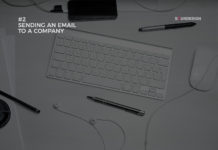
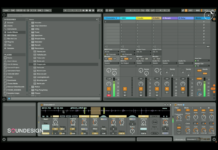
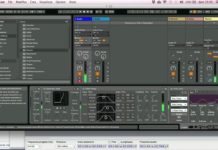

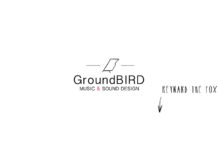





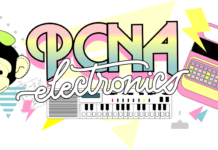

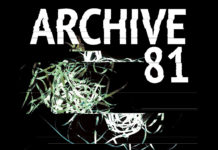
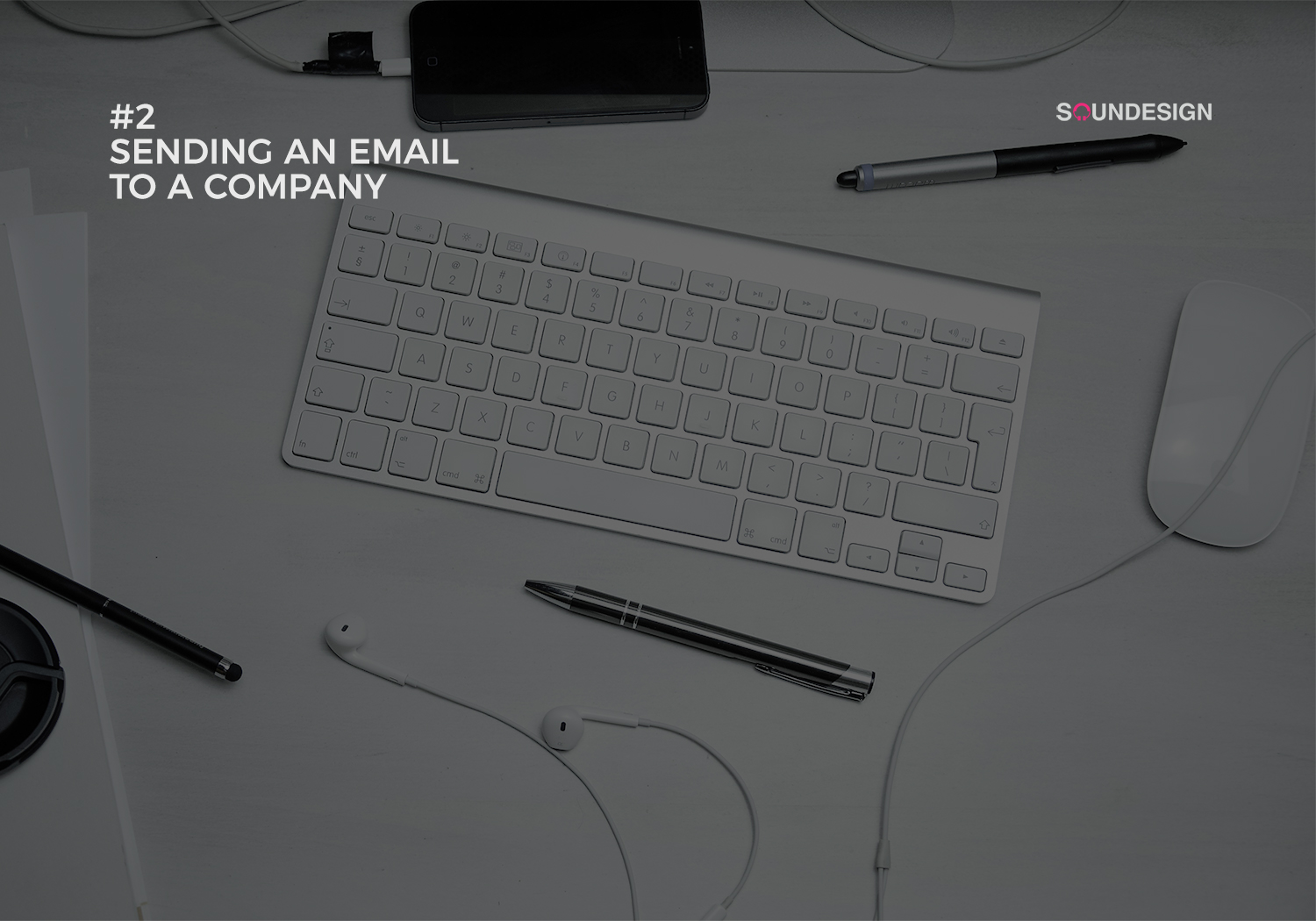
Great article, I wish I had known all this before…
Thanks!
Hi, Jaume, glad you liked the article. We have a whole heap of articles lined up to help people get going in the industry. Keep your eyes peeled for them 🙂 Andy